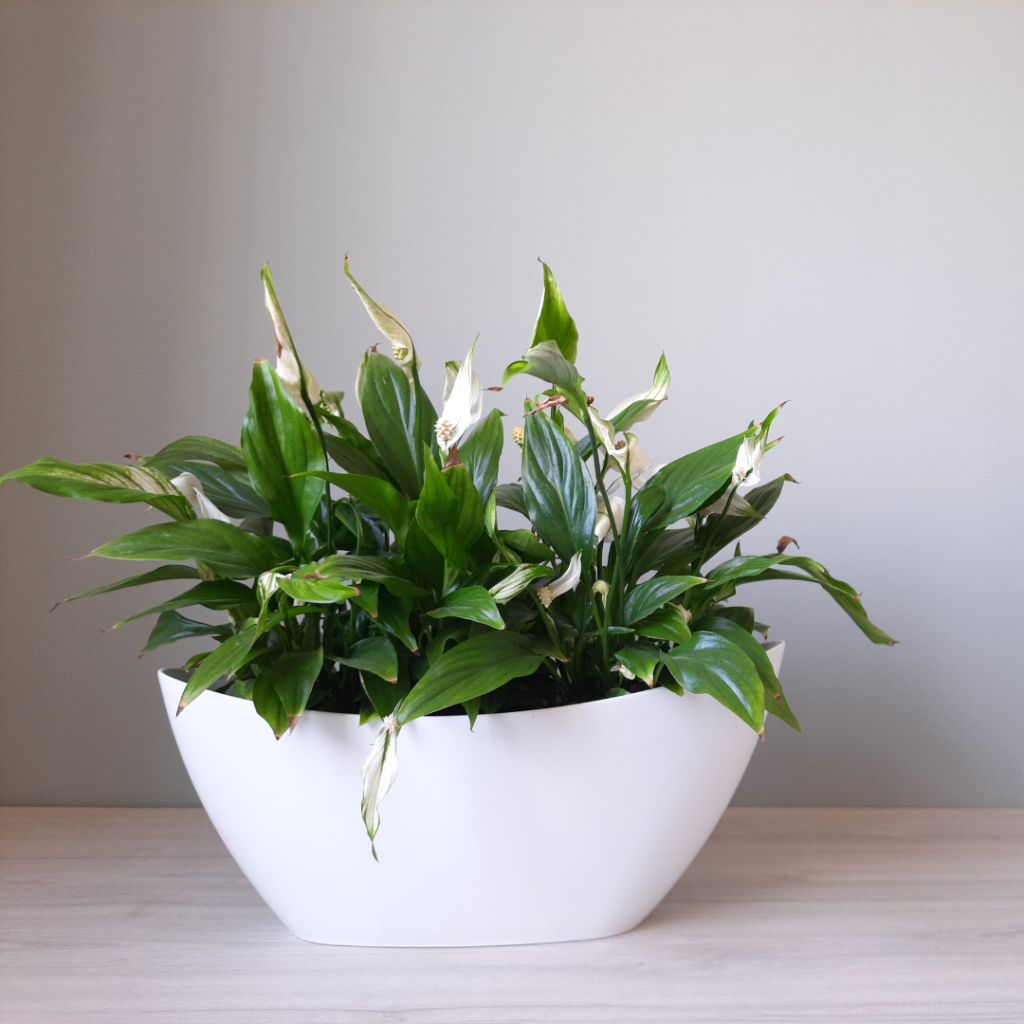Revitalizing Tranquility: A Guide to Repotting Your Peace Lily
Introduction
The Peace Lily, with its elegant white blooms, is traditionally known as a symbol of peace and harmony. This air-purifying plant is often a favorite among plant enthusiasts. To ensure this emblem of serenity thrives, occasional repotting is essential. In this blog, we’ll explore the art of how to repot a peace lily and address common concerns that may arise along the way.
When Should I Repot My Peace Lily?
Knowing when to repot your peace lily is critical for its overall health. Ideally, the plant should be repotted in spring or early summer, when the plant is entering a period of active growth. Indications for repotting include:
- The soil dries out quickly after watering.
- The roots are crowded.
- You can see roots growing through the drainage hole.
- The plant is outgrowing its current container.
- Growth or flowering has decreased.
Once you’ve noticed one or more of these signs, it might be an indication that it’s time to give your peace lily a new home.
What Kind of Soil Does a Peace Lily Need?
When choosing the right type of soil for your peace lily, avoid heavy consistency, which can lead to unnecessary water retention. These waterlogged conditions can result in root rot. Instead, consider purchasing a high-quality potting mix that includes a blend of peat moss, perlite, and orchid bark. Keep in mind, peace lilies prefer well-draining, slightly acidic soil mixes. The above combination will provide the right balance of moisture retention and aeration to ensure the peace lily’s root health.
Do Peace Lilies Like Big Pots?
The peace lilies’ size should drive your pot selection. Choose a container that is 1-2 inches larger in diameter than the current one. Note that the plant likes being somewhat root-bound. A slightly snug fit encourages healthy growth and prevents overwatering. Additionally, ensure the pot has sufficient holes to allow adequate drainage and to prevent potential root issues.
Should I Cut the Brown Tips off My Peace Lily?
Changes in your plants can be part of normal growth, or they can be early indications of a problem. For example, in some instances, browning of the leaf tips in peace lilies is part of the plant’s natural aging process, and there is no need to worry. In other cases, brown tips could be indicative of a variety of issues. Some of which include:
- Low humidity
- Excess salts in the soil
- Improper watering
- Direct sunlight
- Improper fertilization
- Poor drainage
Before rushing to cut off the brown tips, try to identify the cause. By addressing the underlying issue, you can potentially prevent the problem from recurring.
Once you have corrected any possible problems and determined that the plant has been restored to optimal health, at that time, you might consider trimming the brown leaves. Remember, once the leaves go brown, they do not revert. Nonetheless, if the tips persist, you can carefully trim them using sharp, clean scissors.
How to Repot a Peace Lily: Step by Step
- Evaluation: Carefully remove the peace lily from its current pot and assess the roots. Gently tease the rootball with your finger to unwind any compacted roots. Using clean scissors or pruning shears, trim any damaged or rotting roots.
- Prepare the New Pot: Select a new container that is 1 to 2 inches larger than the current pot. Place a layer of fresh, well-draining potting mix in the bottom 1/3 of the vessel.
- Place in Position: Center the peace lily and position it so that the root bulb is about ½ to 1 inch below the rim of the new container. Ideally, the plant should be at the same level as it was in the old pot. Ensure that the plant is not buried in the soil to prevent possible root rot.
- Fill and Pack: Fill in the voided sides with additional potting soil mix. Gently pack the mixture to provide stability.
- Water and Fertilization: Thoroughly water the plant. For the next few months, refrain from adding fertilizer to give the plant a chance to become acclimated to its new home.
- Post-Repot Care: To minimize stress and transplant shock, place the repotted Peace Lily in a shaded area for a few days. Note that it might look slightly distressed during that time. That is completely normal. Resist the urge to overwater. By maintaining the appropriate water level, you will reduce the risk of transplant shock.
Conclusion:
Repotting your peace lily will not only promote its well-being; it will also ensure that this elegant plant continues to usher in peace and tranquility in your home. By following these simple steps, you’ll cultivate a thriving, vibrant plant that can last for years.
